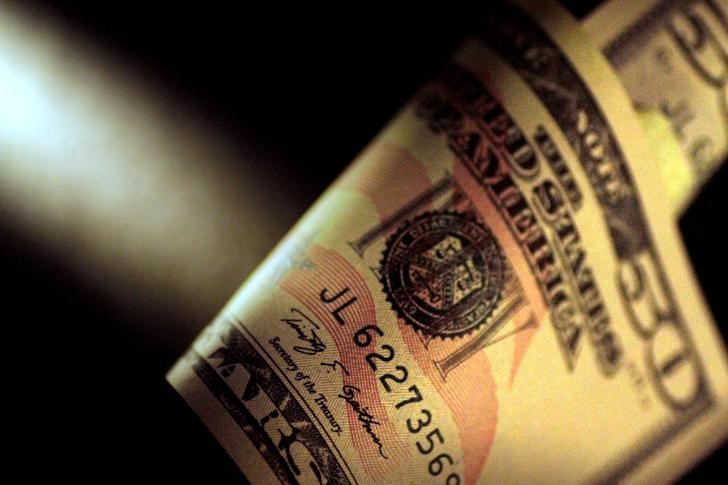(Bloomberg) -- Shorting the dollar is becoming a crowded trade due for a squeeze, some hedge funds say.
BlueBay Asset Management, which oversees more than $60 billion, has taken profit on short dollar positions, while AMP (OTC:AMLTF) Capital Ltd. pared its bullish bets on emerging-market currencies. K2 Asset Management Ltd. is taking risks off the table partly on concern over a sudden bounce in the world’s reserve currency.
If they’re right, the investors that have piled into short positions -- now at a two-year high -- could see their summer gains evaporate. The most popular trade in foreign-exchange markets since the Federal Reserve’s all-out intervention in late March has showed no signs of abating with Wall Street predicting further dollar declines.
“It’s becoming a very crowded trade to short the dollar,” said Nader Naeimi, head of dynamic markets at AMP in Sydney. “The risks could manifest at any time, there’s room for the dollar’s re-tracement.”
The dollar has been sold against its Group-of-10 peers for the past four months, and bets against it continue to mount. At the end of July, leverage funds piled into the yen, and they then turned net long on the euro for the first time in two years.
While none of the hedge funds are advocating for a return to dollar strength, they’re pointing out that the risks are mounting for a short-term bounce.
“Excess spikes in volatility could see the dollar swing back aggressively in the short-term,” said George Boubouras, head of research at K2 Asset. “That could prove painful especially for some emerging-markets that tend to get whacked on bouts of dollar strength.”
One of the drivers could come from a continued escalation of the Washington-Beijing spat, which tends to spur volatility and haven bids. The Bloomberg Dollar Spot Index posted its biggest one-day gain in over a month last Friday on the back of a strong U.S. jobs report and an attack by President Donald Trump on two Chinese technology firms.
While summer tends to see a lull in activity, swings in foreign exchanges have climbed through July, according to volatility indexes from Deutsche Bank AG (NYSE:DB) and JPMorgan Chase (NYSE:JPM) & Co.
August could also mark the start of seasonal flows that tend to favor the American currency. A gauge of dollar strength shows that it tended to gain from this month to November over the past decade, and rose 3% on average in the quarter before the past seven presidential elections.
“It makes sense to run flat risk through August after several very strong months of returns across markets,” said Mark Dowding, chief investment officer at BlueBay in London. “We had been short U.S. dollars but are now flat after booking profits.”
For the dollar bears though, any rebound will be short-term and ripe for more bets against it.
“The obvious risks are a sharp market correction or tail events” such as a stronger-than-expected U.S. recovery, said David Ward, a managing director at Golden Horse Fund Management Pte. in Singapore, who favors the euro. “But it is looking increasingly unlikely this recovery will occur in the near term.”
©2020 Bloomberg L.P.
